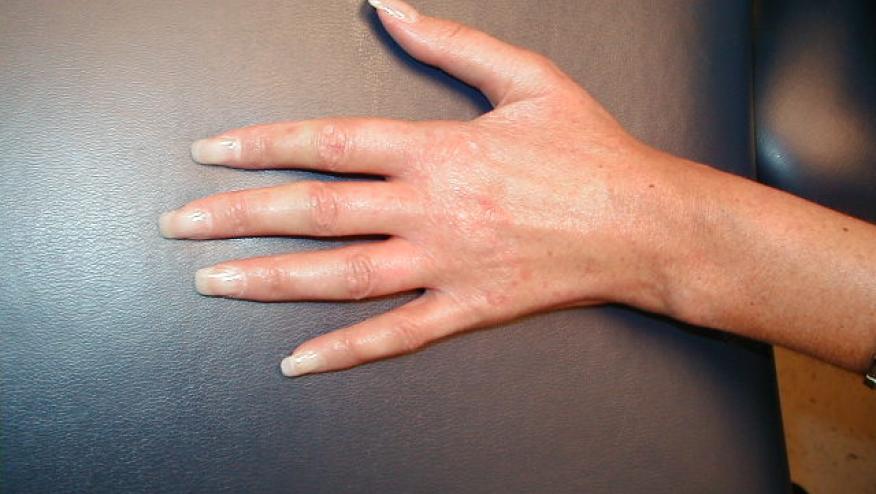Lymphotoxin B and Adipose Derived Stromal Cells Regulate Skin Fibrosis in Scleroderma Save

Researchers at the Hospital for Special Surgery in New York City have identified a possible mechanism underlying the fibrosis of scleroderma (SSc) skin disease.
They have shown that adipose-derived stromal cells (ADSCs) are reduced in number in the adipose tissue underneath the skin in murine models of scleroderma. As these ADSCs have been shown to regulate skin fibrosis, their deficiency may contribute to scleroderma. The hope being that intervention may lead to a treatment.
Dendritic cells produce lymphotoxin B (LTβ) that activates the LTβ receptor/β1 integrin (LTβR/β1 integrin) pathway on ADSCs.
ADSCs can be replenished by antibody stimulation of LTβR, which was associated with reductions in skin fibrosis and improved skin function. Thus the potential for reversing the fibrosis of the skin exists via this pathway.








If you are a health practitioner, you may Login/Register to comment.
Due to the nature of these comment forums, only health practitioners are allowed to comment at this time.